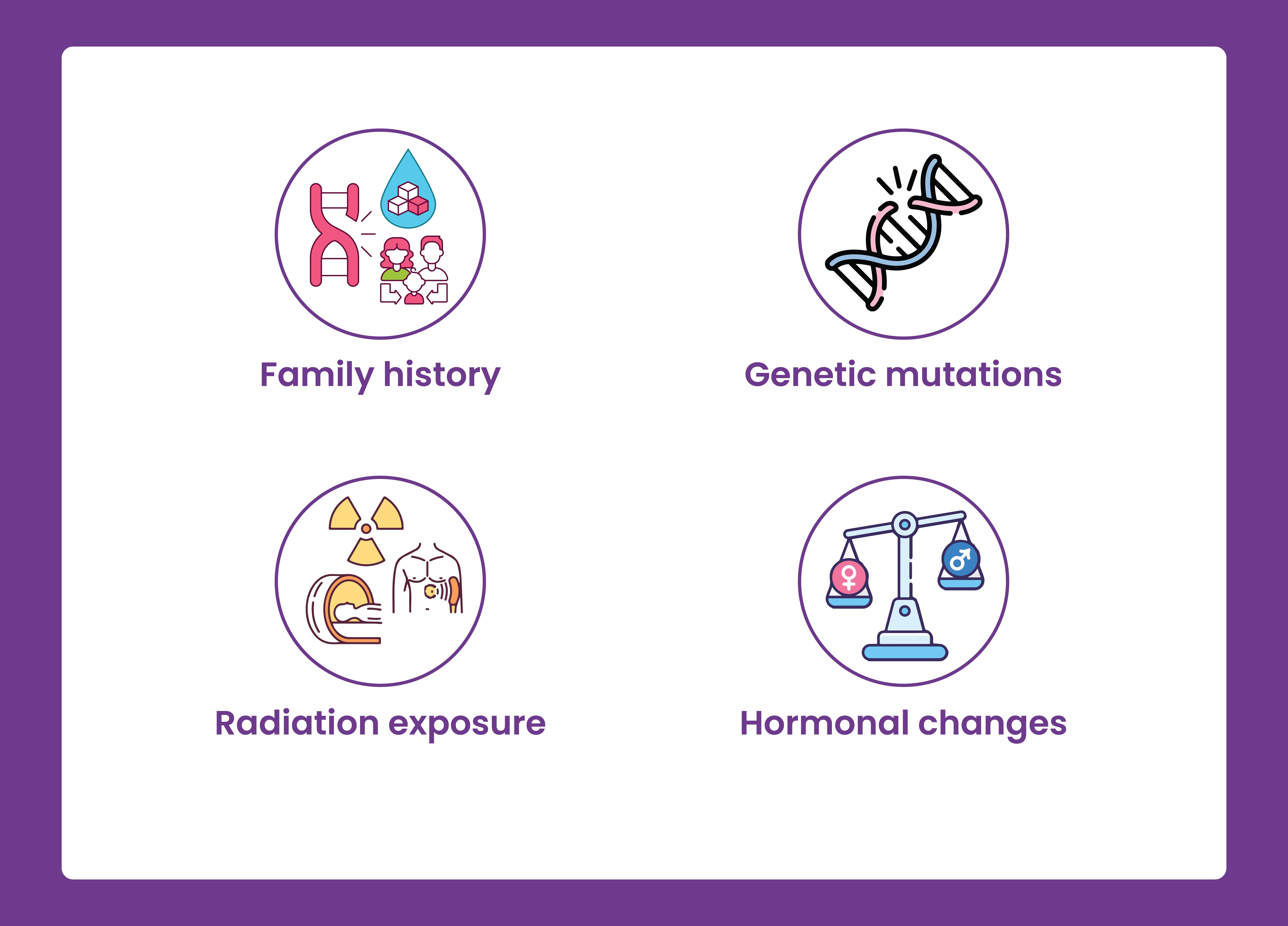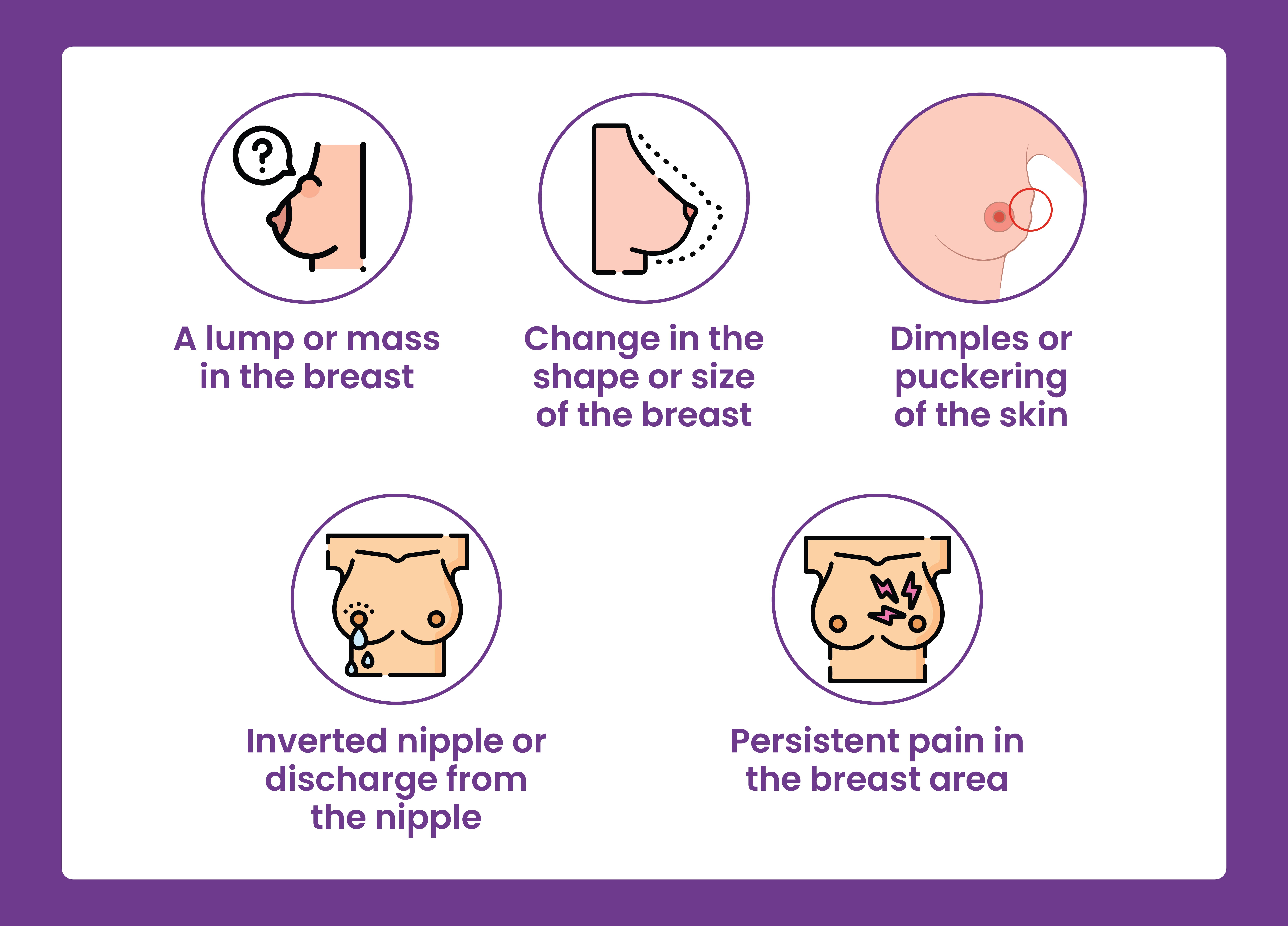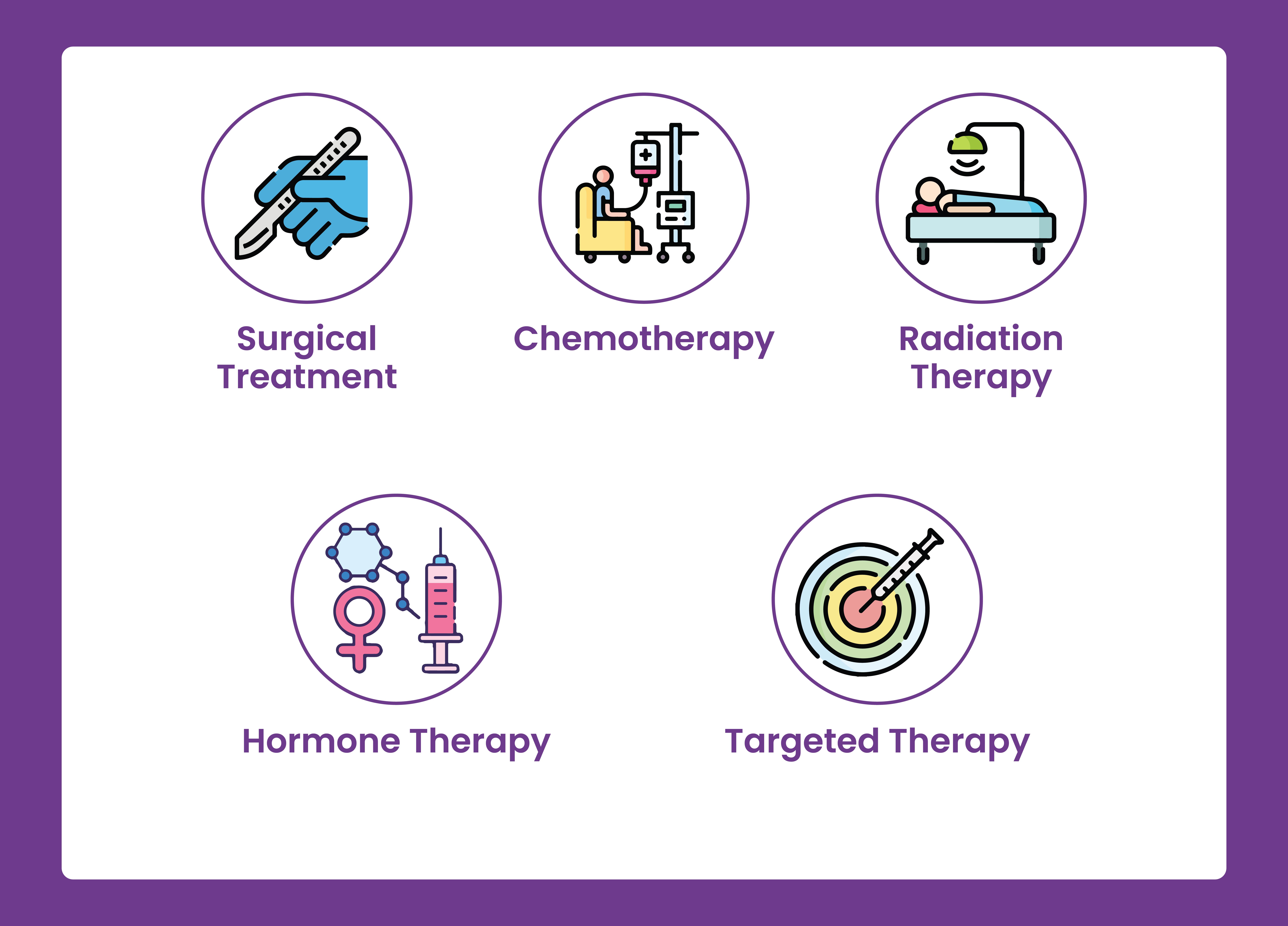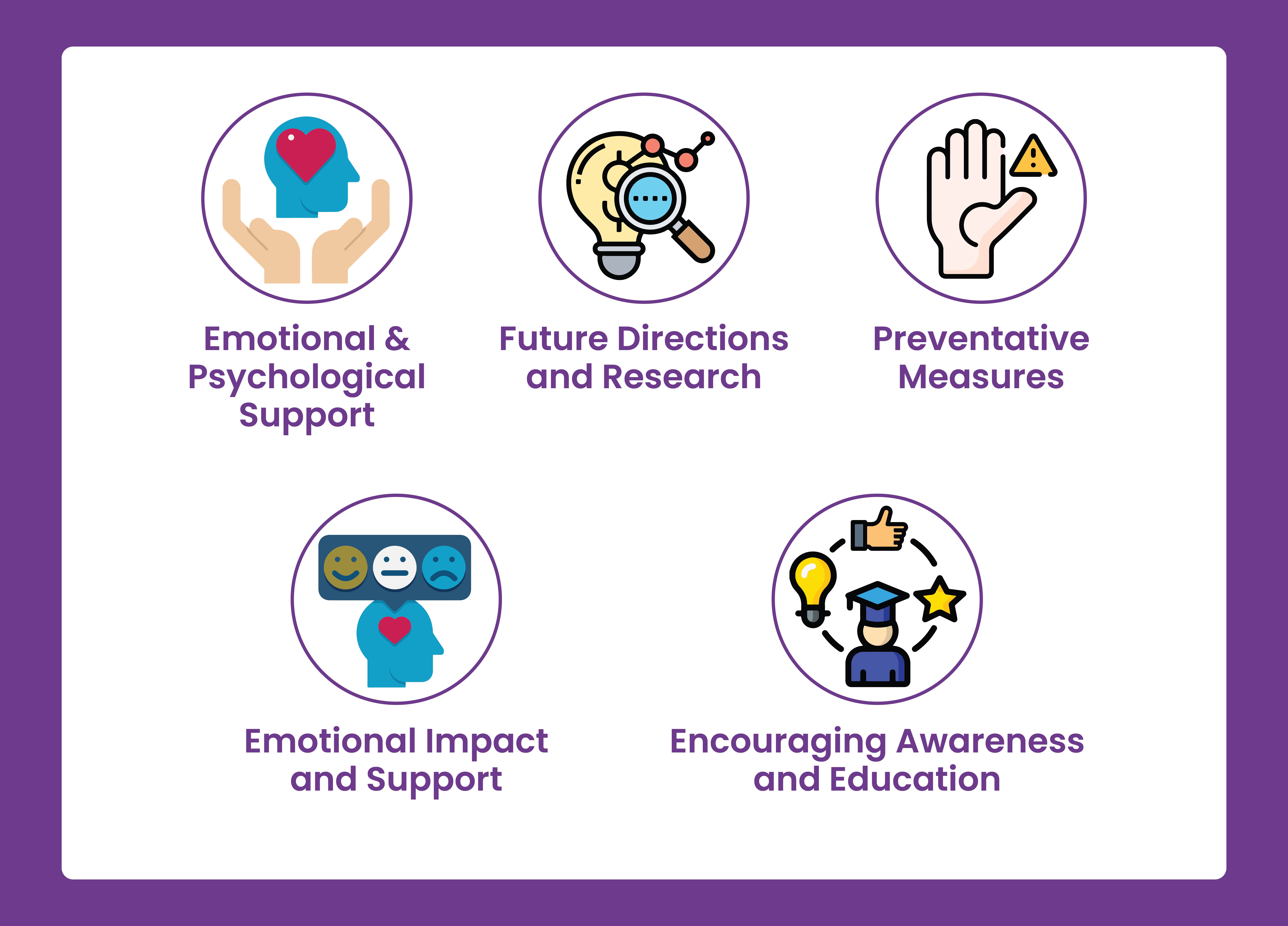Can Teenagers Get Breast Cancer
- Blog
- Can Teenagers Get Breast Cancer
Understanding Breast Cancer in Teenagers
Breast cancer is often associated with older women, but it can affect teenagers, albeit rarely. It's essential to be aware of the possibilities, understand the symptoms, and know what steps to take if you or someone you know is experiencing any concerning signs.
It is a type of cancer that occurs when abnormal cells in the breast begin to grow and multiply without control. It can affect males and females, but it is more commonly seen in women.
While breast cancer is typically associated with older age, it can also occur in teenagers. This may come as a surprise to many people, as teenage girls are not generally considered at risk for breast cancer. However, teenagers and their parents need to understand the factors that may contribute to developing breast cancer at a young age.
Risk Factors of Breast Cancer
Various risk factors can increase a teenager's chances of developing breast cancer. These risk factors include:
- Family history: Having a close family member, such as a mother or sister, who has had breast cancer can increase the risk.
- Radiation exposure: Previous radiation treatment to the chest area for other medical conditions can increase the risk of developing breast cancer later in life.
- Hormonal changes: Teenagers who undergo early puberty or have irregular menstrual cycles may be at a higher risk of developing breast cancer

How Common is Breast Cancer in Teenagers?
While breast cancer in teenagers is sporadic, it does happen. It's crucial to remain attentive to changes in breast tissue, even at a young age. Dr. Deepak Jha explains that awareness and early detection play essential roles in managing and treating breast cancer effectively.
Symptoms of Breast Cancer in Teenagers
The symptoms of breast cancer in teenagers can be similar to those in adults and may include:

- A lump or mass in the breast
- Change in the shape or size of the breast
- Dimples or puckering of the skin
- Inverted nipple or discharge from the nipple
- Persistent pain in the breast area
If you notice any of these signs, it is essential to consult a breast cancer specialist in Delhi promptly. Dr. Deepak Jha emphasizes that although these symptoms could be attributable to non-cancerous conditions, they should always be evaluated by a doctor to rule out the possibility of breast cancer.
Diagnostic Procedures
Diagnosing breast cancer in teenagers involves several steps. Initially, a physical examination by a healthcare provider is conducted.
Further tests such as an ultrasound, mammogram, or biopsy may be necessary if a lump or other concerning sign is detected.
Dr. Deepak Jha advises that parents and teenagers should not feel apprehensive about these procedures, as early detection
is critical to effective treatment.
Treatment Options of Breast Cancer
- Surgical Treatment:
Surgeons often perform a mastectomy to treat breast cancer in children, removing the entire breast to eliminate cancerous cells. In some cases, they opt for a lumpectomy, which only removes the tumor and a small margin of surrounding tissue. While less invasive, a lumpectomy requires careful monitoring to ensure complete cancer eradication.

- Chemotherapy:
Chemotherapy is a cornerstone in treating children with breast cancer, particularly when the cancer has spread beyond the breast. Oncologists administer powerful drugs either orally or intravenously to eradicate cancer cells throughout the body. While this treatment is effective, it comes with potential side effects such as nausea, fatigue, and hair loss, which medical teams work diligently to manage. - Radiation Therapy :
Radiation therapy targets specific areas affected by cancer with high-energy rays, often following surgery to destroy any remaining cancer cells. Specialists carefully plan radiation treatment to minimize damage to surrounding healthy tissues, making it a crucial component in a multi-disciplinary treatment approach. - Hormone Therapy:
Hormone therapy can be effective for hormone receptor-positive breast cancers by lowering hormone levels or blocking their effects. Oncologists often prescribe drugs like tamoxifen or aromatase inhibitors to prevent hormones from encouraging cancer growth. This therapy is particularly beneficial for reducing the risk of recurrence. - Targeted Therapy:
Advancements in targeted therapy offer promising treatment options by focusing on specific abnormalities within cancer cells. Medications like Herceptin (trastuzumab) target HER2-positive breast cancers, effectively reducing tumor growth and improving survival rates. This method offers a more personalized treatment plan with potentially fewer side effects than traditional chemotherapy.

- Emotional and Psychological Support:
Treating breast cancer in children extends beyond physical health and requires comprehensive emotional and psychological support. Psychologists and counselors play pivotal roles in helping young patients and their families navigate the emotional challenges of a cancer diagnosis and treatment journey. Support groups and therapy sessions provide essential coping mechanisms and foster a sense of community and resilience
- Future Directions and Research:
Ongoing research continues to explore novel treatment avenues and improve existing therapies for children's breast cancer. Precision medicine, immunotherapy, and genetic studies hold promise for more targeted and effective treatments. Research institutions and clinical trials are crucial in advancing our understanding and treatment of this rare but impactful disease, offering hope for better outcomes and fewer side effects.
Dr. Deepak Jha highlights that treatment for teenagers must be carefully considered to minimize long-term side effects and preserve fertility when possible. - Emotional Impact and Support:
A breast cancer diagnosis can be emotionally overwhelming for teenagers and their families. It is vital to have a robust support system that includes family, friends, and professional counselors. Dr. Deepak Jha suggests connecting with support groups where young patients can share their experiences and find comfort and solidarity among peers facing similar challenges. - Preventative Measures:
While there is no surefire way to prevent breast cancer, Dr. Deepak Jha underscores the importance of maintaining a healthy lifestyle. Regular physical activity, a balanced diet, and avoiding known risk factors such as smoking and excessive alcohol consumption can contribute to overall well-being and possibly reduce the risk of developing breast cancer. - Encouraging Awareness and Education:
Education and awareness about breast cancer should start early. Schools and community programs can play a significant role in disseminating information about the signs and symptoms of breast cancer and the importance of routine self-exams. Dr. Deepak Jha advocates for educational initiatives that encourage young people to be proactive about their health.
Conclusion
Though breast cancer in teenagers is rare, it is a condition that warrants attention and awareness. By understanding the potential risks,
symptoms, and treatments, teenagers and their families can make informed decisions regarding their health. Dr. Deepak Jha's
expertise and emphasis on early detection and appropriate treatment underscore the importance of vigilance and education in
combating breast cancer at any age. So, it is crucial to continue spreading awareness and educating younger
generations about breast cancer for a healthier future. Remember, age is just a number when it comes to breast cancer.
Breast cancer does not discriminate based on age, and teenagers are not immune to its effects. Though rare, teens can develop breast cancer, making it essential to remain aware of the signs and symptoms. Early detection and treatment can make a significant difference in managing the disease successfully.
Aside from being vigilant about physical changes, education and awareness play crucial roles in combating breast cancer in teenagers. By understanding the risk factors, practicing a healthy lifestyle, and being proactive about their health, young people can make informed decisions to protect themselves against this disease. It is also essential for communities and schools to promote education about breast cancer and encourage routine self-examination.
Lastly, the emotional impact of breast cancer should not be overlooked. Teenagers diagnosed with breast cancer need a robust support system that includes professional counseling and peer support groups. By coming together and raising awareness, we can continue the fight against breast cancer at any age. So let's spread the message: Breast Cancer Knows No Age - Be Aware!
Subscribe Newsletter
Get all the information, latest updates, and articles delivered directly in your inbox
